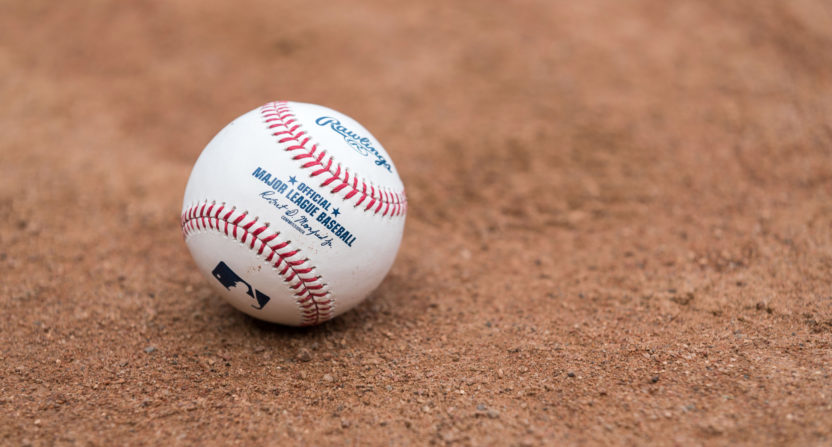As you have probably heard by now, home runs have increased sharply in Major League Baseball over the past few seasons, beginning with the 2015 All-Star break. Last year, the league cranked a record 6,105 home runs last year, 412 more than the previous high-water mark, set in 2000, during the Steroid Era.
Although we still don’t know for absolute certain what cocktail of factors has caused such a spike in long balls, it has become increasingly clear where most of the blame should lie: with the ball.
The idea that the ball was juiced began in earnest just under two years ago when Ben Lindbergh and Rob Arthur, writing for FiveThirtyEight, ruled out several alternate theories for the home-run surge and found some statistical evidence that the ball had changed. A year later, Lindbergh and Mitchel Lichtman’s discovered substantial differences in the respective height of the seams and coefficient of restitution (i.e. bounciness) and Arthur contributed persuasive research into the wind resistance of fly balls.
On Thursday, Arthur and Tim Dix further added to the stack of juiced-ball research with a multi-media piece for FiveThirtyEight that illustrates how 2015 baseballs were different from 2017 ones.
By performing scans on balls from before and after the alleged juicing, Arthur and Dix “found changes in the density and chemical composition of the baseball’s core.”
Looking inside the balls and testing their chemical composition revealed that the cores of recent balls were somewhat less dense than the cores of balls used before the 2015 All-Star Game. The newer cores weigh about a half a gram less than the older ones, which might be enough to cause baseballs hit on a typical home run trajectory to fly about 6 inches farther. That alone is hardly enough to explain the home run surge of recent seasons, but when combined with previous research finding that baseballs began to change in other small ways starting around the same time, it suggests that a number of minor differences may have combined to contribute to the remarkable upswing in home run power we’ve witnessed since 2015.
If you’ve been following the juiced-ball hypothesis for the past two years, you probably didn’t need any more convincing, but this additional evidence makes it harder than ever for Major League Baseball to deny that the balls have changed.
As we wrote last year, MLB has two basic options for how to handle the juiced-ball. It can either correct for changes that occurred either deliberately or accidentally, risking the drop in scoring that would coincide with a decline in homers, or it can let the balls continue to fly out of the park at freakish rates and allow baseball to morph into a different game from the one we’ve seen over the past 100 years.
Both options have pros and cons, but before either can be discussed, MLB must admit what’s right in front of it: that the balls have changed and that those changes are largely responsible for the historic rate of dingers.







